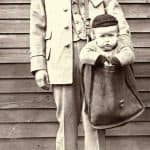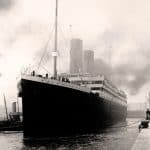Wedding dresses often carry deep meaning, but some gowns are imbued with extraordinary symbolism.
For Ruth Hensinger, her wedding dress not only represented her marital union with her soulmate but also served as a poignant reminder of her husband’s escaping death during World War II.
Crafted from the parachute that saved Major Claude Hensinger’s life, this gown tells a remarkable story of survival and love.
Join us to explore the inspiring story of transforming a life-saving parachute into a stunning wedding gown.
A life-saving parachute
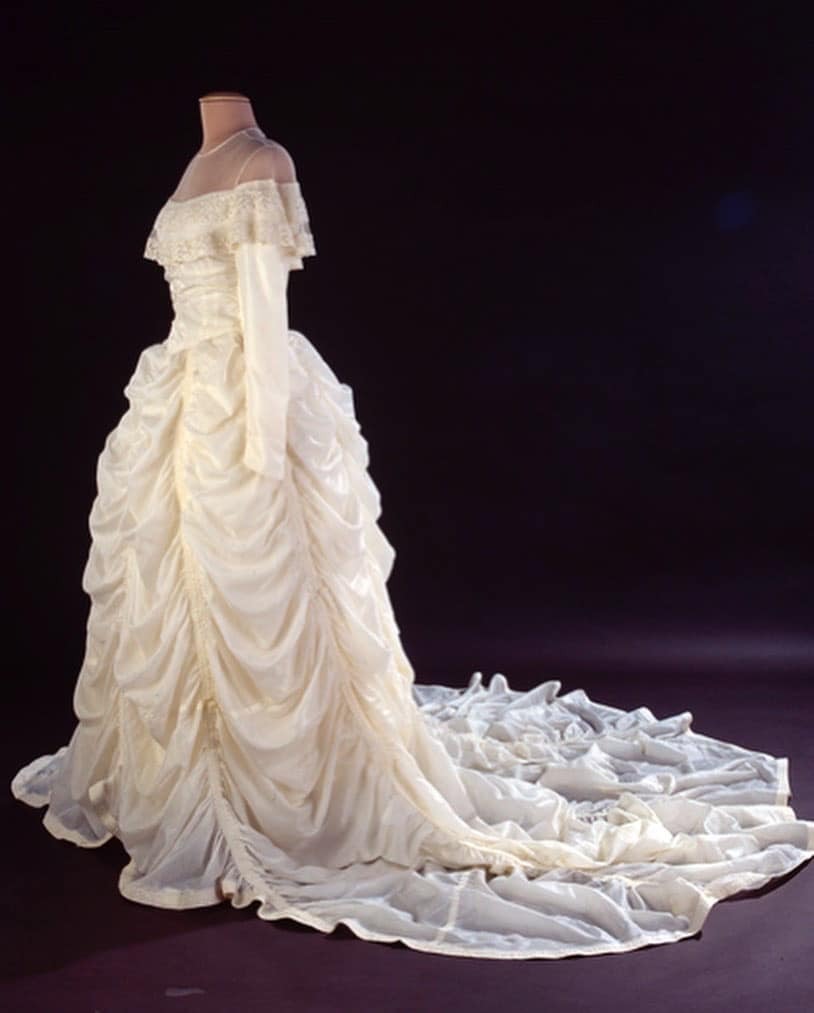
To many, the bloodstained parachute that saved the life of Major Claude Hensinger was merely a dirty piece of fabric. But to Hensinger’s future wife, it marked the beginning of their beautiful married life.
In August 1944, during his service as a squadron leader in the Air Force, Hensinger was returning from a bombing mission in Japan when the engine of his B-29 plane ignited. He and his crew safely ejected over unoccupied territory in China.
After the incident, Hensinger sent his parachute home to his mother, who dry-cleaned it to remove blood stains from an injury he sustained upon landing on rocks.
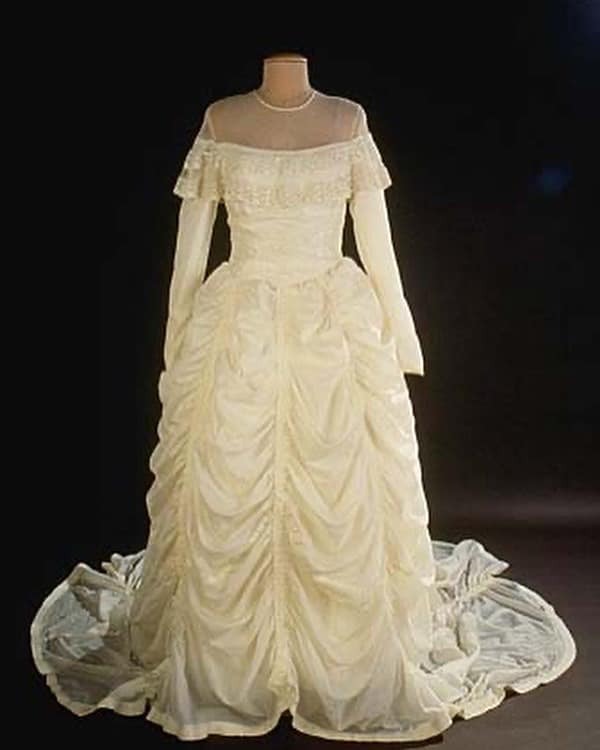
After the war, Hensinger returned to Pennsylvania and reconnected with Ruth, a childhood friend. After dating for about a year, he proposed in 1947. He asked her, “I’d like to have you make a wedding dress out of my parachute. It saved my life.”
As Hensinger later recounted, “The parachute saved my life. I wanted to turn it into something beautiful for Ruth.”.
Gorgeous wedding gown from parachute
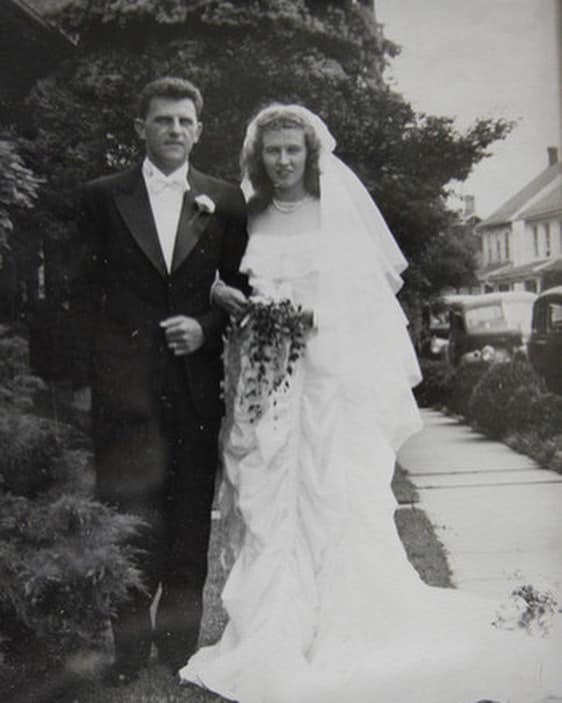
Ruth worried about creating a gown from “16 gores of nylon and all that bias.” Inspiration struck when she saw a dress in a store window modeled after a frock from the 1939 film “Gone With the Wind.”
A seamstress crafted the bodice and veil, while Ruth designed the skirt herself, using the parachute strings to create a higher front and a flowing train in the back.
Hensinger didn’t see Ruth’s creation until their wedding day on July 19, 1947. “He was happy with it,” she recalled. The couple enjoyed 49 years of marriage before Hensinger passed away in 1996.
A legacy of love
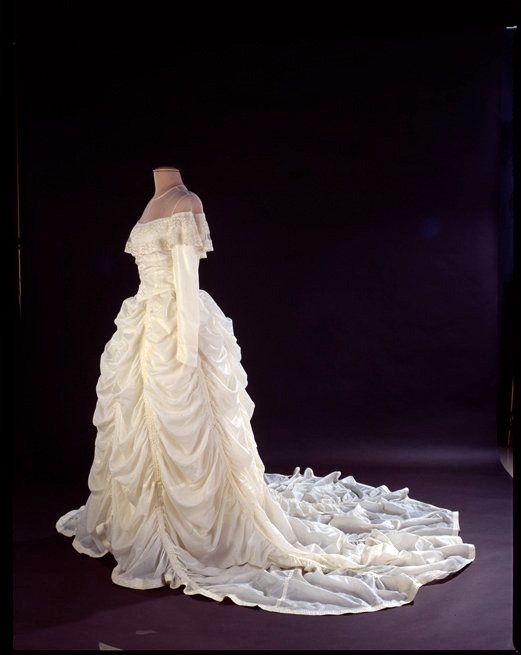
For Ruth, the dress was a constant reminder of Claude’s survival and their love story. “Every time I wore it, I felt the weight of history,” she said.
The parachute wedding dress made two more memorable appearances. Twenty-five years later, Ruth’s daughter, Nancy, wore it for her own wedding, and it was also donned by Kim Shollenberger, Ruth’s daughter-in-law, during her marriage to Hensinger’s son, David, in 1989.

In the early ’90s, Ruth learned that the Smithsonian Institution was collecting items made from WWII parachutes. She donated her wedding gown, which is now on display for millions to appreciate. Remarkably, traces of Hensinger’s blood remain on the dress from his fall.
Many brides dream of choosing their wedding dresses without input from their fiancé, but Ruth has never regretted using Claude’s parachute as the fabric for her gown.
Other parachute wedding dresses

During WWII, many brides transformed their fiancés’ parachutes into wedding dresses, symbolizing love, bravery, and hope. One such tale involves army pilot George Braet, whose parachute shielded him from enemy fire.
When he returned home, his fiancée, Evelyn, cleverly repurposed the tattered material into a wedding gown. The dress, now displayed at the Cradle of Aviation Museum.

